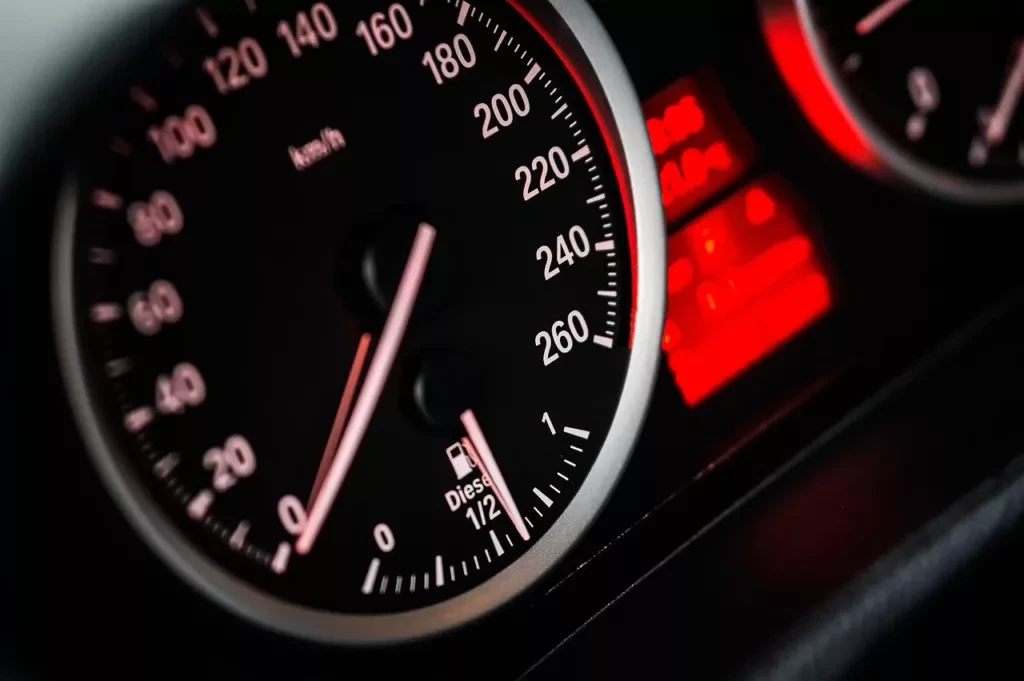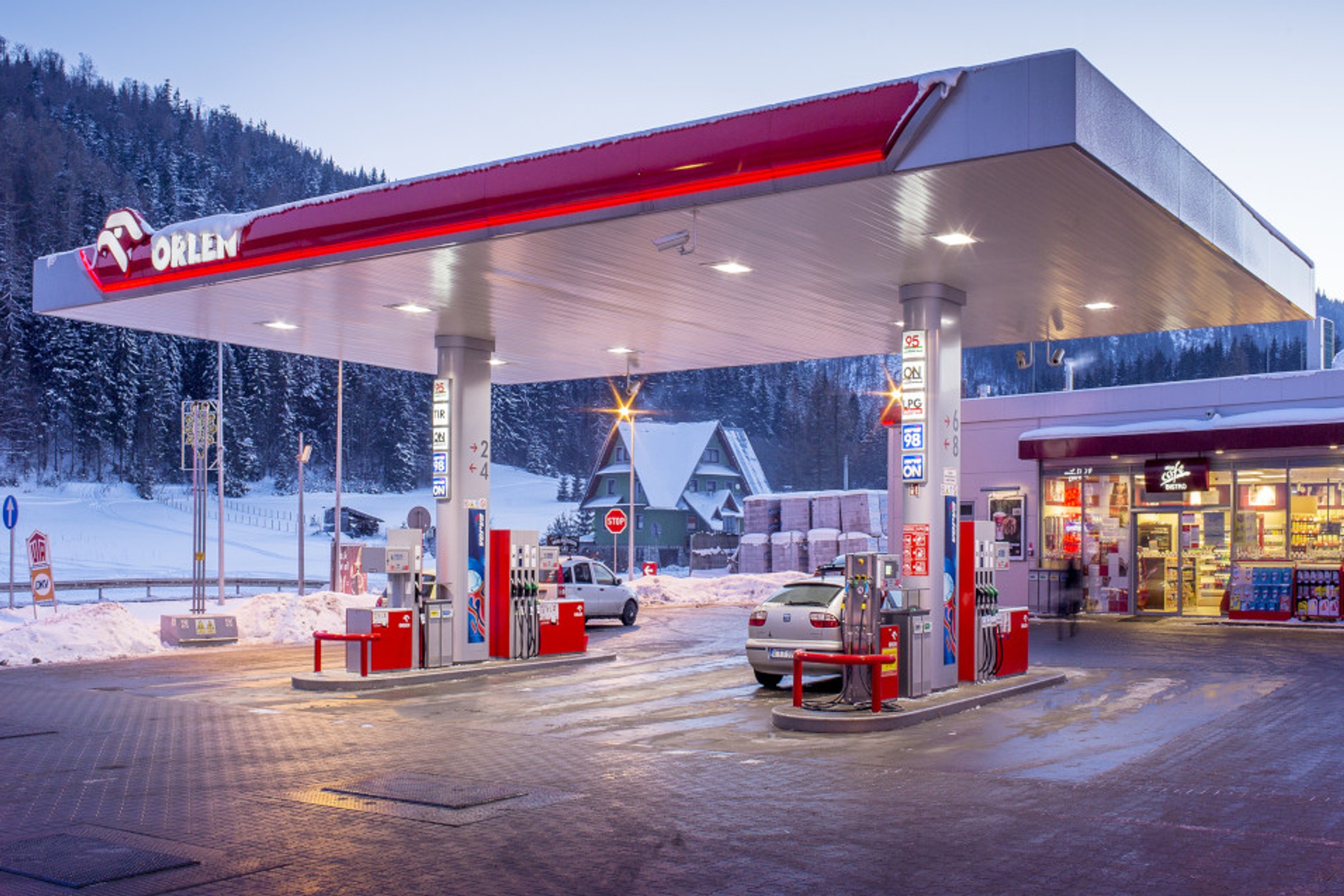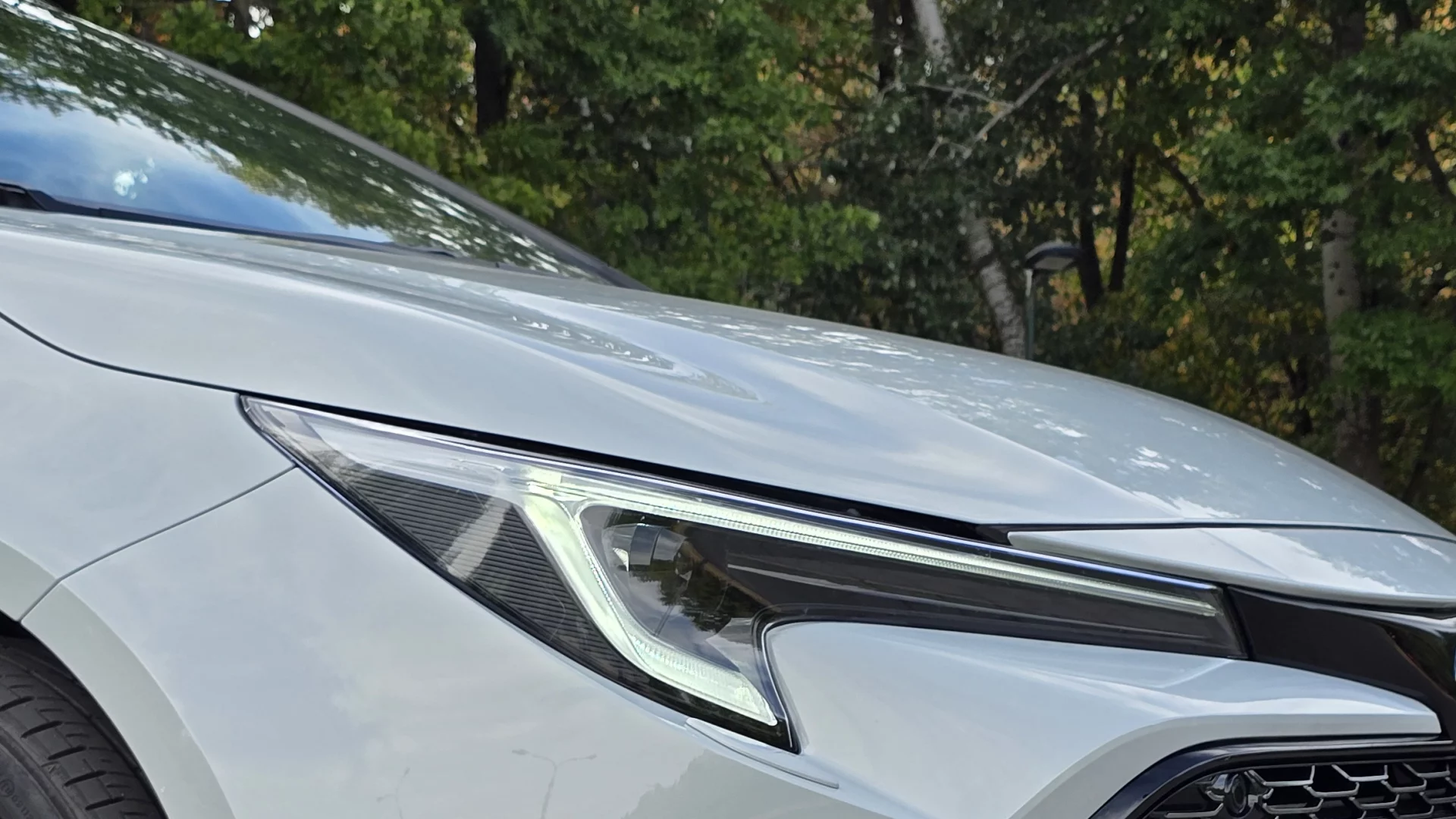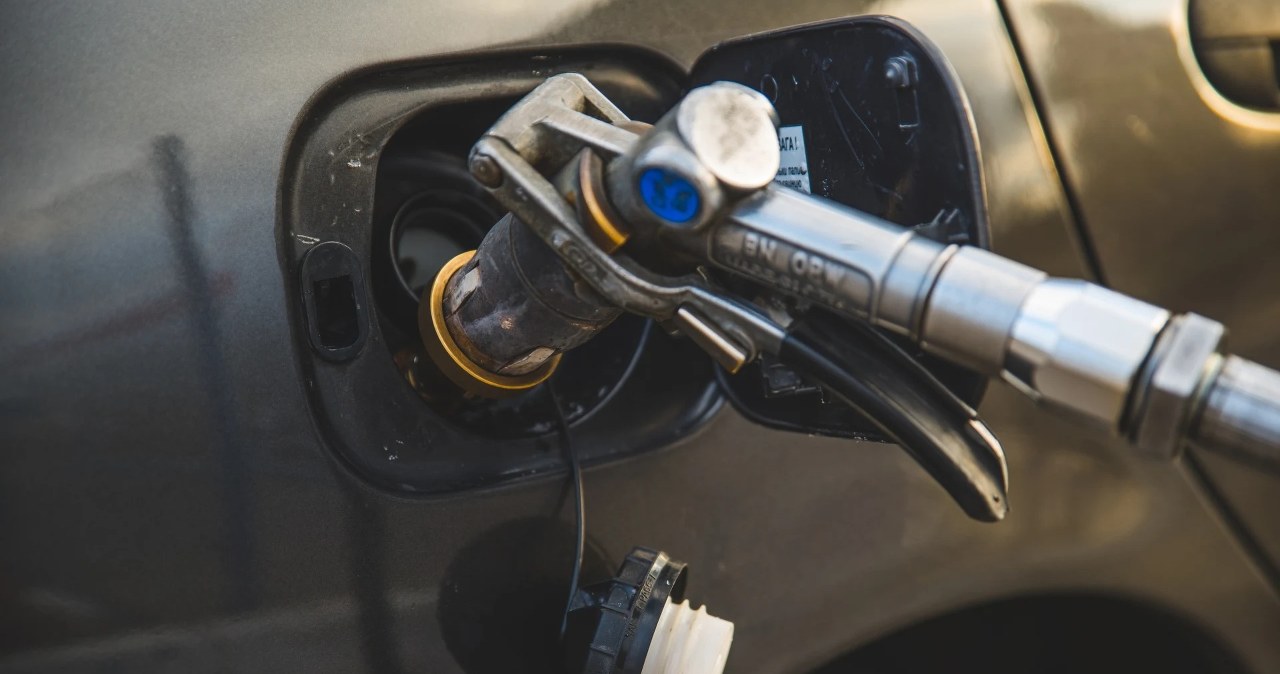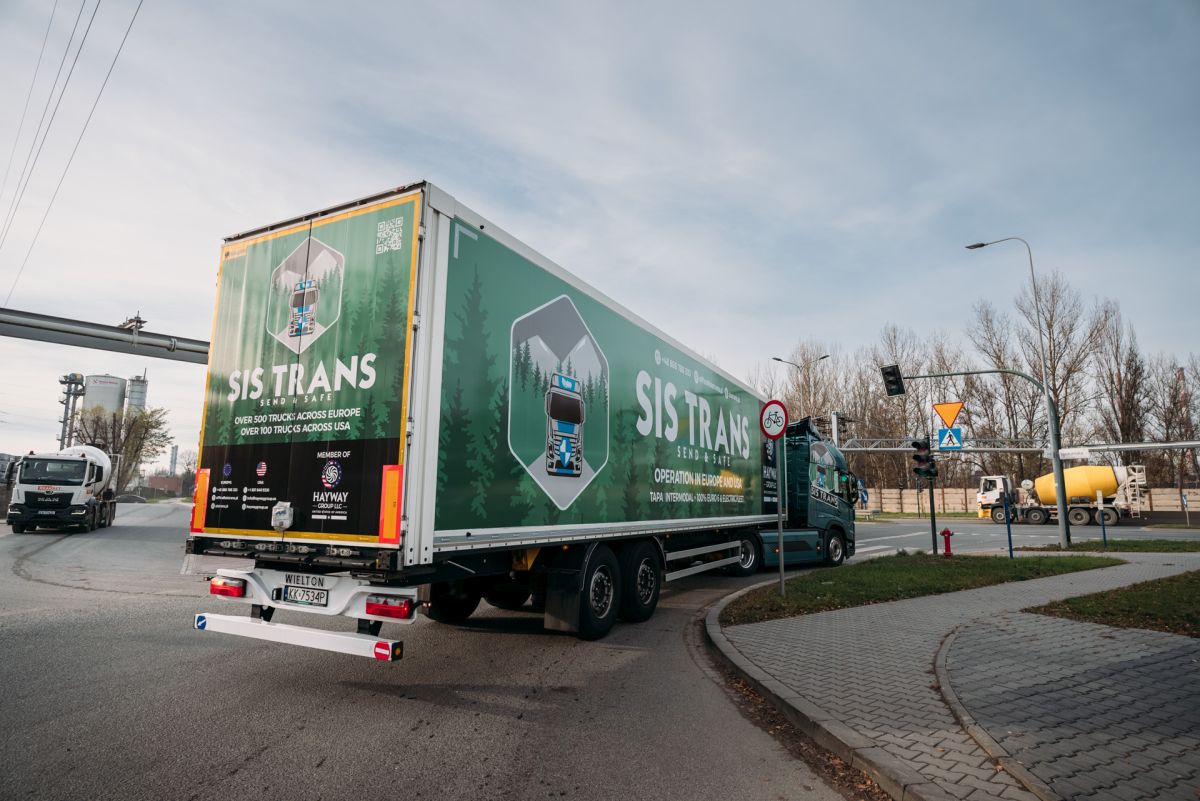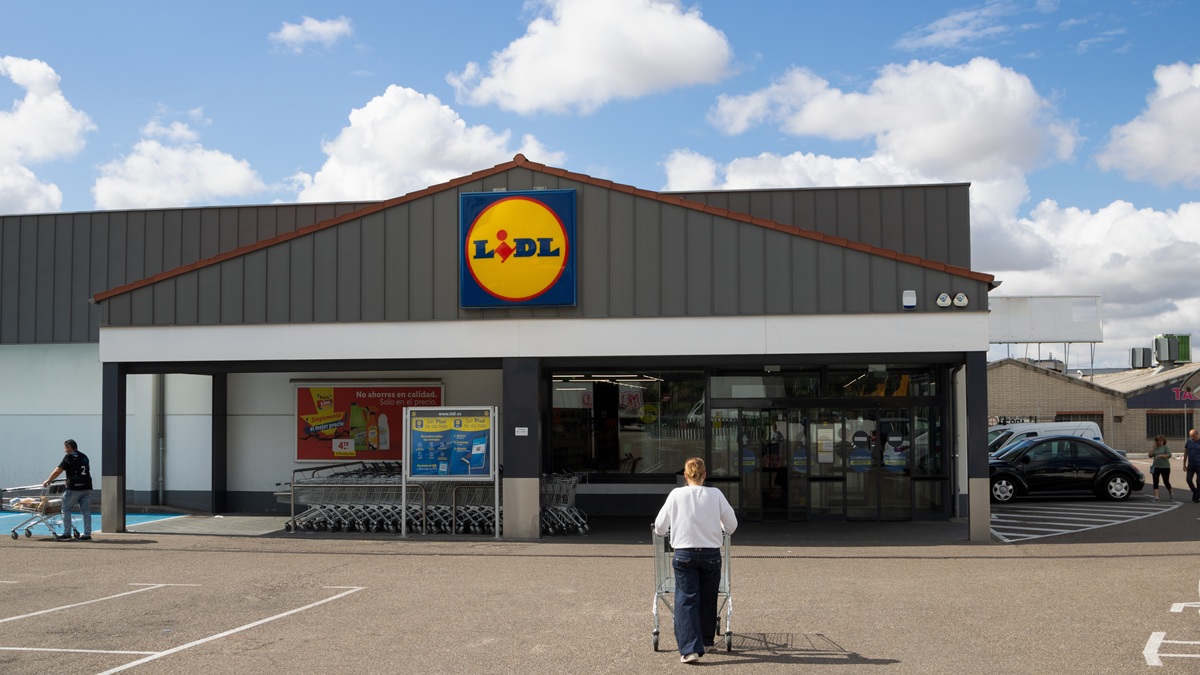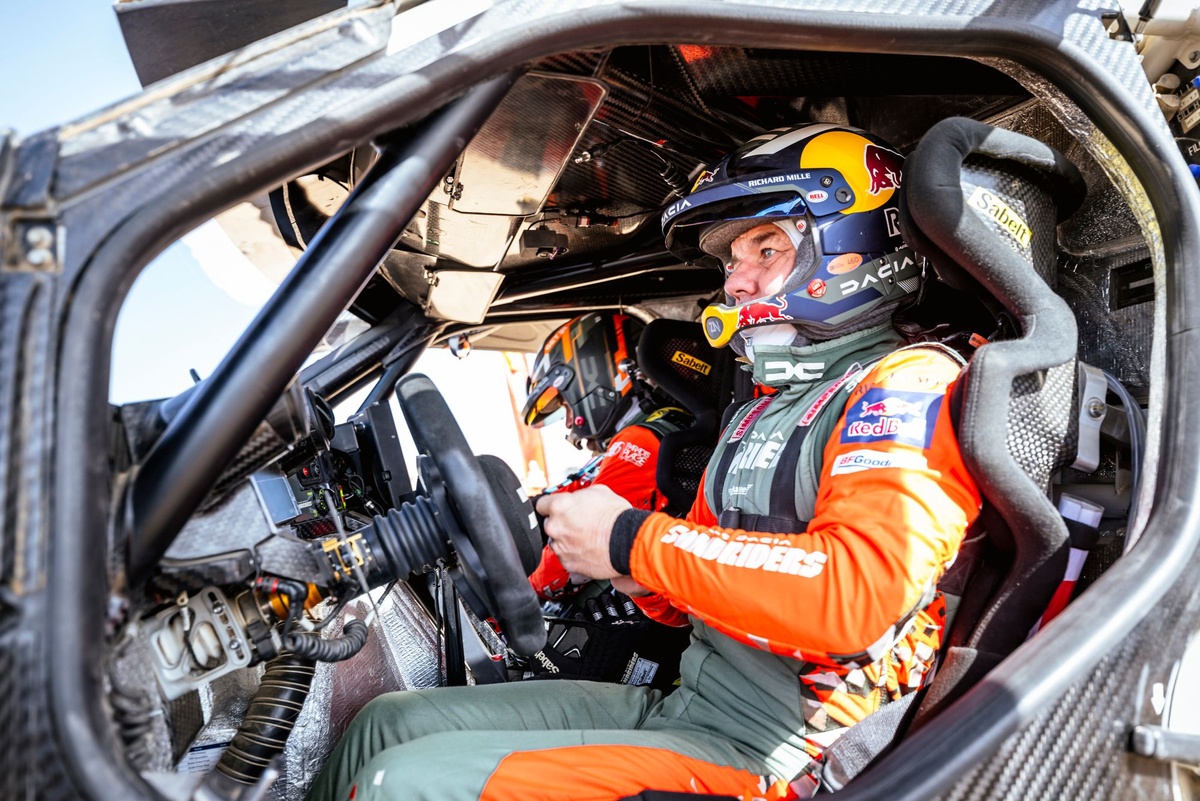- Bidirectional charging lets power flow both ways: from grid → EV and EV → home or grid. Common modes: V2H (vehicle‑to‑home), V2G (vehicle‑to‑grid), and V2L (vehicle‑to‑load, via onboard outlets). The core safety and grid‑tie standard for bidirectional EVSE in North America is UL 9741 (with grid‑interconnection requirements referencing UL 1741/IEEE 1547). UL Solutions
- 2024–2025 was the tipping point for standards: ISO 15118‑20 formally enables bidirectional power transfer over CCS; OCPP 2.1 added native support; and SAE J3400 (standardized Tesla’s NACS connector) is now an SAE standard. Regulations.gov
- Policy momentum: California’s SB 59 (2024) authorizes the CEC to require bidirectional capability for EVs if it finds strong use cases; FERC Order 2222 enables aggregated DERs (including EVs) in wholesale markets. California Air Resources Board
- Real products you can buy in 2025:
- Tesla PowerShare (Cybertruck): automatic whole‑home backup up to 11.5 kW with Tesla’s Universal Wall Connector and gateway. Tesla
- Ford Intelligent Backup Power (F‑150 Lightning): up to 9.6 kW whole‑home backup using the Ford Charge Station Pro and Sunrun Home Integration System. https://www.ford.com
- Wallbox Quasar 2 (CCS): CCS bidirectional charger for homes; ~12 kW discharge, requires Power Recovery Unit for blackout operation; early deployments focus on Kia EV9. wallbox.com
- Fermata Energy FE‑15/FE‑20 (CHAdeMO/DC): UL‑certified V2G systems used widely with Nissan LEAF; FE‑20 achieved UL 9741 + UL 1741 SA certification. Fermata Energy – A Nuvve Company
- GM Energy V2H: GM’s PowerShift charger plus V2H Enablement Kit (home hub/inverter/dark‑start battery) turns select V2H‑capable GM EVs (e.g., Silverado EV) into home backup sources. gmenergy.gm.com
- How long can an EV run a home? Divide your battery (kWh) by your daily use (kWh/day). Example: 77 kWh ÷ 25 kWh/day ≈ 3 days. Cybertruck and Lightning marketing claim “up to ~3 days” under reduced consumption, which aligns with that math. Tesla
- Battery wear: Recent peer‑reviewed work estimates ~0.3% extra degradation per year from well‑managed V2G cycling in typical use—small compared with normal calendar aging—though warranties and results vary by model and use case. ScienceDirect
- Interconnection & permits matter: Exporting to the grid (V2G) requires utility interconnection approval (PTO). Even for whole‑home backup, anti‑islanding and transfer equipment are mandatory. Check your utility and local code. California Energy Commission
Bidirectional EV chargers: your EV as the ultimate home backup battery
What “bidirectional” really means
- V2H (vehicle‑to‑home): your car powers your home through a transfer switch/microgrid device.
- V2G (vehicle‑to‑grid): your car exports to the grid for compensation (e.g., peak‑shaving, frequency services).
- V2L (vehicle‑to‑load): onboard outlets (120/240 V) power tools/appliances; not always whole‑home.
In North America, UL 9741 defines safety for bidirectional EV power export equipment and references UL 1741/IEEE 1547 for grid interaction—the same framework used for solar and stationary batteries. UL Solutions
Why 2025 is different: the standards finally aligned
- ISO 15118‑20 adds native Bidirectional Power Transfer (BPT) over CCS. Multiple lab and field demos (including with the Kia EV9) have validated automatic service negotiation and ~11 kW DC discharge using 15118‑20. evs38-program.org
- OCPP 2.1 (Jan 2025) introduced a bidirectional charging functional block and explicit 15118‑20 support, connecting chargers to back‑ends for smart V2X control. Open Charge Alliance
- SAE J3400 (NACS) is now an SAE standard; as J3400 rolls out across automakers and networks, expect clearer paths for future NACS‑based V2H/V2G implementations. driveelectric.gov
- Policy tailwinds: California’s SB 59 (2024) empowers the CEC to require bidirectional capability when beneficial to drivers and grid; federal FERC Order 2222 lets aggregators enroll DERs (like V2G fleets) into wholesale markets. California Air Resources Board
2025 hardware roundup (home‑focused)
Power levels are continuous ratings; check each product’s installation rules, transfer equipment, and compatible vehicles.
Tesla PowerShare (Home Backup)
- What it is: Tesla’s integrated V2H ecosystem.
- Power: up to 11.5 kW whole‑home backup.
- Pieces: Universal Wall Connector (bi‑directional), Tesla Gateway/PowerShare equipment, compatible vehicle (today: Cybertruck). Tesla
- Good for: Whole‑home backup with tight OEM integration and automatic switchover.
- Caveats: Non‑Cybertruck Tesla models’ bidirectional timelines remain limited in official docs; watch Tesla updates. Tesla
Ford Intelligent Backup Power (F‑150 Lightning)
- What it is: Ford + Sunrun V2H package.
- Power: up to 9.6 kW to the home.
- Pieces: Ford Charge Station Pro (80 A L2 EVSE) + Sunrun Home Integration System (inverter, microgrid integration device, dark‑start battery). https://www.ford.com/
- Costs (indicative): Sunrun lists the Home Integration System hardware at $3,895; real‑world quotes commonly run $8k–$10k+ installed depending on panel upgrades and run lengths (MotorTrend saw ~$9.4k for HIS + EVSE install). Sunrun Shop
Wallbox Quasar 2 (CCS bidirectional home charger)
- What it is: A CCS bidirectional DC charger built for homes; early U.S. deliveries targeted Kia EV9 owners.
- Power: up to ~12.5 kW discharge; requires Power Recovery Unit for blackout/whole‑home backup; home service must be ≤200 A for whole‑home mode. wallbox.com
- Good for: CCS vehicles as automakers enable bidirectionality (starting with EV9).
- Note: Vehicle compatibility for V2H is model‑specific; Quasar 2 can charge any CCS1 EV, but V2H/V2G functions only with enabled models. wallbox.com
Fermata Energy (CHAdeMO/DC) — FE‑15 / FE‑20
- What it is: Commercial‑grade bidirectional DC systems widely deployed with the Nissan LEAF; Nissan approved the FE‑15 for U.S. use.
- Status: FE‑20 earned the first V2G‑compliant certification to UL 9741 + UL 1741 SA in 2023. Fermata Energy – A Nuvve Company
- Good for: Fleets/buildings and LEAF owners where CHAdeMO V2X is supported.
GM Energy V2H (PowerShift + Enablement Kit)
- What it is: GM’s PowerShift L2 charger paired with a V2H Enablement Kit (home hub, inverter, dark‑start battery) to turn V2H‑capable GM EVs into backup power sources.
- Claims: Silverado EV (properly equipped) can power a home for days under reduced usage; the truck also offers up to 10.2 kW offboard power via outlets for V2L needs. gmenergy.gm.com
dcbel r16 (Home Energy Station)
- What it is: A residential bidirectional DC charger + solar/battery inverter platform.
- Status: Announced as the first certified residential bidirectional DC EV charger in the U.S. (UL 9741 family), with ~15 kW DC charging; configurations vary by site. PR Newswire
Where’s the “official list”? California maintains a V2G Equipment List and reminds customers they need utility interconnection approval before exporting. In April 2024, a CEC briefing noted a lack of broadly available residential V2X EVSE on that list; availability is improving in 2025 with CCS products. California Energy Commission
Compatibility cheat sheet (2025 snapshot)
- Nissan LEAF (CHAdeMO): Proven V2G/V2H with certified gear (Fermata). Nissan formally approved the FE‑15 for LEAF in the U.S. Fermata Energy – A Nuvve Company
- Ford F‑150 Lightning: Whole‑home backup via Ford/Sunrun system (IBP). Pro Power Onboard also provides 120 V/240 V outlets up to 9.6 kW for V2L. https://www.ford.com/
- Tesla Cybertruck: PowerShare whole‑home backup up to 11.5 kW. Tesla
- Kia EV9: First wave of U.S. CCS V2H via Wallbox Quasar 2 (backup requires PRU accessory). Kia
- GM Ultium (e.g., Silverado EV): V2L up to 10.2 kW via outlets; V2H enabled with GM Energy PowerShift + Enablement Kit on supported trims as GM rolls out home ecosystem. Chevrolet
- Many other EVs (Hyundai/Kia/Volkswagen/…): today mostly V2L; CCS‑based V2H/V2G depends on each automaker enabling ISO 15118‑20 BPT in firmware and warranty terms.
How much backup can you expect?
- Run‑time = Battery (kWh) ÷ Home use (kWh/day).
- Example: 77 kWh battery ÷ 25 kWh/day ≈ 3.1 days.
- Example: 131 kWh (large truck) ÷ 25 kWh/day ≈ 5.2 days.
These align with OEM statements like “up to ~3 days” under reduced loads. Tesla
- Power (kW) limits: Most residential V2H systems today deliver ~9.6–12 kW, enough for typical whole‑home loads but you’ll still manage large appliances (e.g., EV charging, ovens, HVAC) during outages. https://www.ford.com/
Costs: what to budget
- Hardware (illustrative): Ford’s Home Integration System lists at $3,895 (hardware only). Wallbox Quasar 2 and dcbel have not published universal installed pricing; dcbel indicates a base unit starting around $4,999 (options extra). Sunrun Shop
- Installation: Real‑world Ford Lightning IBP installs commonly come in $8k–$10k+ (panel upgrades, trenching, and code items add up). MotorTrend documented a $9,400 installation quote for Charge Station Pro + HIS alone; some homes trend higher. MotorTrend
- Compare to stationary batteries: A single 13–15 kWh stationary battery is often less capacity than your EV. V2H leverages the battery you already own—but check compatibility, transfer equipment, and warranties.
Safety, permitting & interconnection checklist
- No backfeeding. Whole‑home backup requires a certified transfer switch/microgrid device to isolate your house from the utility (“anti‑islanding”). Ford’s HIS explicitly includes a microgrid integration device and dark‑start battery. https://www.ford.com/
- Grid export (V2G) requires utility interconnection and Permission to Operate; check your utility and state rules. California’s V2G Equipment List site highlights this precondition. California Energy Commission
- Standards compliance: For U.S. grid‑tie, look for UL 9741 (EV power export equipment) with UL 1741/IEEE 1547 interconnection functions baked in. UL Solutions
Battery health & warranties
- Degradation: Meta‑analyses suggest V2G adds on the order of ~0.3%/year additional degradation under managed cycling—small relative to normal calendar aging—though outcomes depend on temperature, SoC window, and power levels. ScienceDirect
- Warranties are model‑specific: Nissan explicitly allowed LEAF + Fermata FE‑15 in the U.S.; many OEMs are still updating terms for CCS‑based V2H/V2G. Check your vehicle’s fine print before enabling discharge. Fermata Energy – A Nuvve Company
The near‑future (what to watch through 2027)
- CCS + ISO 15118‑20 rollouts: More models enabling DC bidirectional via software and certificates; CharIN has published an interop guide for 15118‑20 DC BPT to aid consistent implementations. CharIN
- Back‑end maturity: OCPP 2.1 deployments will improve smart dispatch, DER coordination, and billing for V2X. Open Charge Alliance
- Policy expansions: California’s SB 59 may lead to bidirectional capability requirements after CEC rulemakings; FERC 2222 rollouts across RTOs should expand V2G revenue opportunities. California Air Resources Board
Choosing your path: a quick decision guide
- Need seamless backup now?
- Have a Ford F‑150 Lightning? Consider Intelligent Backup Power (9.6 kW). https://www.ford.com/
- Have a Tesla Cybertruck? PowerShare home backup (11.5 kW). Tesla
- Own a CCS EV and want V2H?
- If you have a Kia EV9, check Wallbox Quasar 2 availability. Otherwise, watch for your automaker’s 15118‑20 BPT enablement and charger support. wallbox.com
- Own a Nissan LEAF?
- Explore Fermata deployments (site/building support is strongest) and local utility pilots. Fermata Energy – A Nuvve Company
- Want grid revenues (V2G)?
- Verify interconnection, tariffs, and aggregator programs in your area; in the U.S., look for pilots aligning with FERC 2222 aggregation. Federal Energy Regulatory Commission
FAQs
Can V2L (outlets) back up my house?
Yes—safely—if you use a properly installed inlet/transfer switch (think “generator hookup”). The Lightning offers 9.6 kW Pro Power Onboard, including a 240 V outlet; Rivian/Tesla/others provide various 120 V options. Whole‑home V2H with automatic transfer is smoother but requires dedicated hardware. Ford Media
Is there a single “best” charger?
Not yet; your vehicle compatibility is the gating factor. Today, Tesla (Cybertruck), Ford (Lightning), Kia (EV9 + Quasar 2), Nissan (LEAF + Fermata), and GM (V2H bundle for supported Ultium models) are the clearest end‑to‑end paths. gmenergy.gm.com
Will using my EV this way void my warranty?
Use OEM‑approved equipment and modes. Nissan explicitly allowed FE‑15 with LEAF in the U.S.; other makers are updating terms as CCS V2H/V2G rolls out. When in doubt, ask your dealer and charger vendor. Fermata Energy – A Nuvve Company
Sources & further reading
- Safety/standards: UL 9741/UL 1741; IEEE 1547; OCPP 2.1; ISO 15118‑20. Regulations.gov
- Demonstrations & interop: ISO 15118‑20 bidirectional demos (EV9); CharIN DC‑BPT interop guide. evs38-program.org
- Policy: California SB 59 (2024) and CEC V2G Equipment List; FERC Order 2222. California Air Resources Board
- Products: Tesla PowerShare; Ford Intelligent Backup Power; Wallbox Quasar 2; Fermata Energy; GM Energy V2H; dcbel r16. PR Newswire
- Battery aging: Recent peer‑reviewed quantification of V2G’s incremental impact. ScienceDirect
Bottom line
If your vehicle and home ecosystem line up, V2H is the most cost‑effective way to get a “big battery” at home—because you already own it. The standards are finally in place, and the first wave of CCS‑based home products is landing. Start with your vehicle’s official support, choose a UL‑listed ecosystem, and make friends with your utility’s interconnection team. Your driveway may already hold the best home battery you’ll ever buy.

 2 miesięcy temu
2 miesięcy temu
